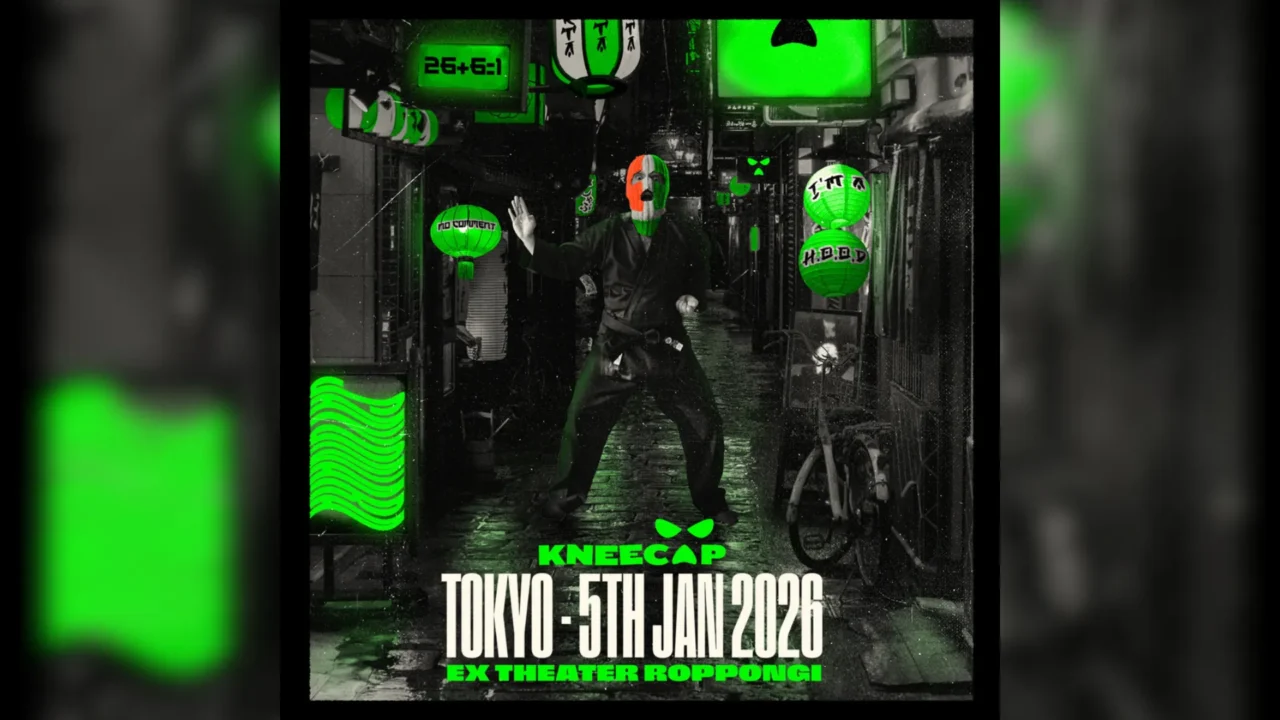A circle of friends connected by gootouchi! The “FIST BUMP” corner of the radio program “GRAND MARQUEE” features people who live and enjoy Tokyo in a relay format.
On December 28, anthropologist Fumito Takekura will appear on the program, introduced by Mayo Ichihara, a researcher at the Oishii Mirai Kenkyujo. This time, we asked him not only about his anthropological research and his book “Dogu wo Yomu” but also about how to trace the cognition of ancient people.
INDEX
Anthropologist Unraveling the Cognition of Ancients
Celeina (MC): This is my first time meeting an anthropologist, so I was wondering what kind of things anthropologists research?
Takekura: The anthropologists’s research field is quite broad. There are anthropologists who dig up human remains from tens of thousands of years ago in Africa, and there are anthropologists who analyze DNA. In my case, it is quite indoor anthropology.
It is called Intellectual History, but I am most interested in the history of cognition, not objects. For example, I study how Homo sapiens viewed this world tens of thousands of years ago, or their sense of time and space, using myths and figures from caves as clues to explain the mysteries.
Takano (MC): That’s great. So you are researching how ancient people thought and acted, since they had no TV or Internet, and their clothing and food were different from ours?
Takekura : Last year, I went to cave sites along the Danube River in Germany and Austria for fieldwork. From those caves, I found quite a few figures and musical instruments that are called the oldest works of human art. From the remains of the early Late Paleolithic period, roughly 40,000 years ago, I found a flute made from the bones of a vulture, for example.
Takano: There were musical instruments 40,000 years ago?
Takekura: Yes, there were. So far, this is considered to be the oldest musical instrument known to mankind. Also, a mysterious figure was found in the stratum about 35,000 years ago. It was made from the tusk of a mammoth, but we cannot tell what it represents because of its strange shape. Since such objects began to be found in the Late Paleolithic period, it may have been a time when there was a major change in human cognition.
Celeina:I see. Music, art, and art-related materials have been growing along with the history of humankind, and they are here today, aren’t they?
Takekura: At least 40,000 years ago.
Takano : I don’t know much about this very long time ago, but it is interesting.
Takekura : it is a dramatic thing, right?
Takano : Yes. I can’t help but think about it.
Celeina: It’s very romantic.






















